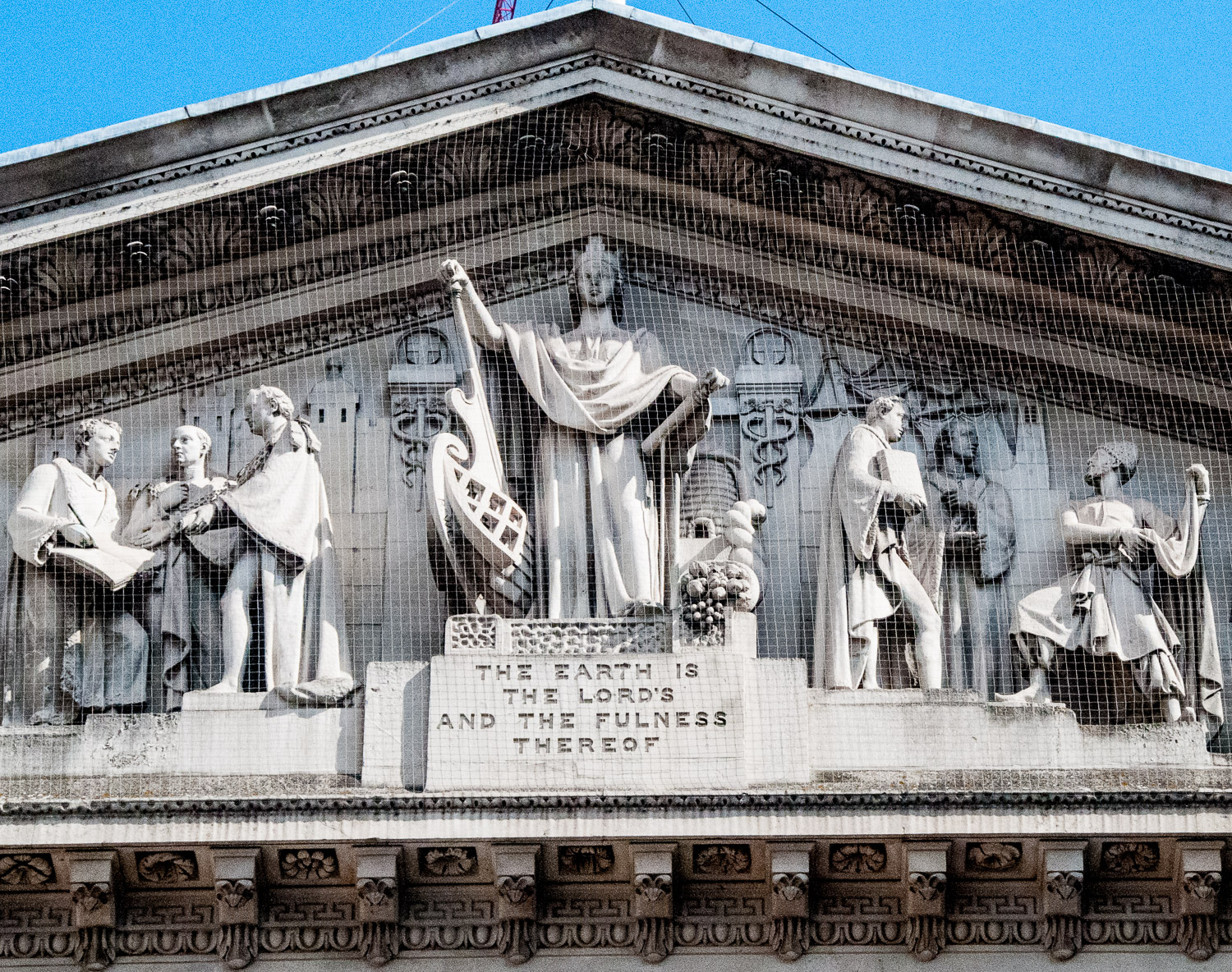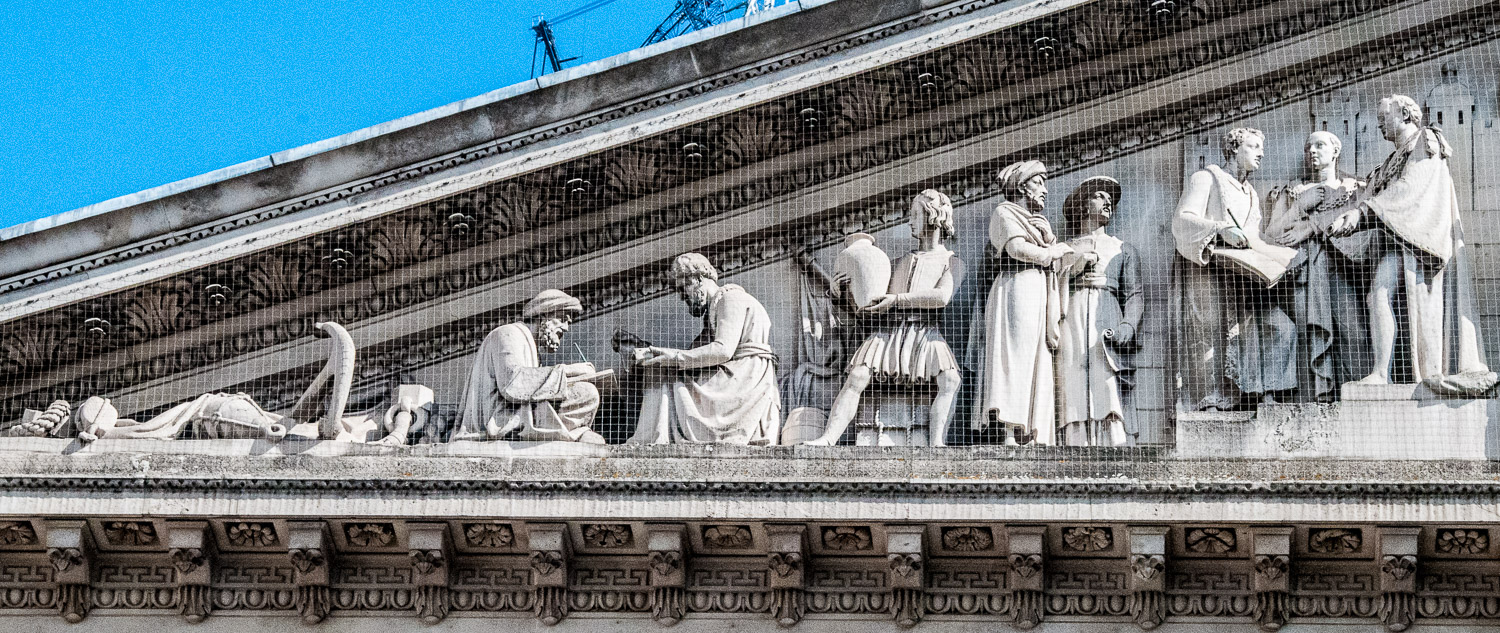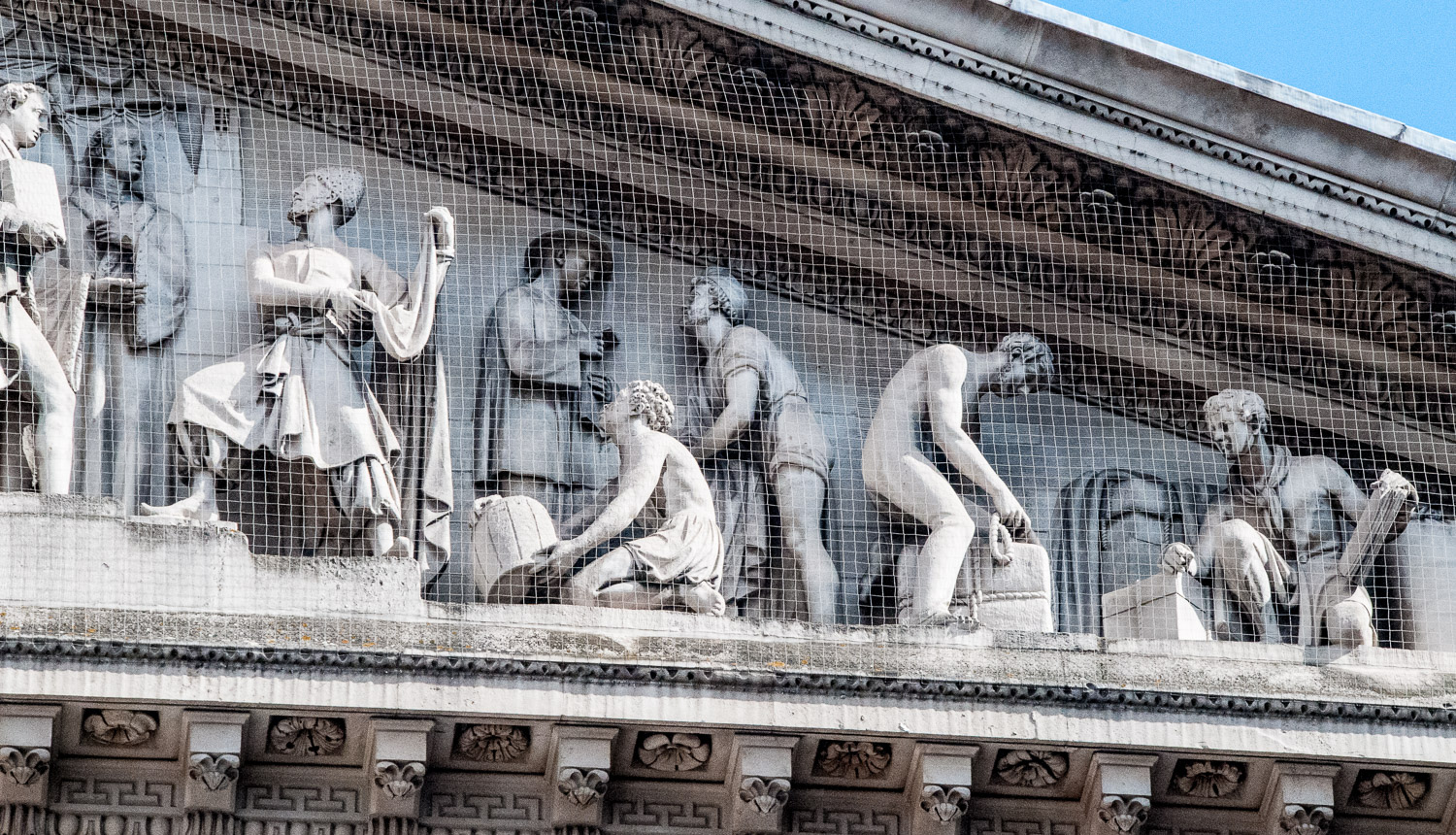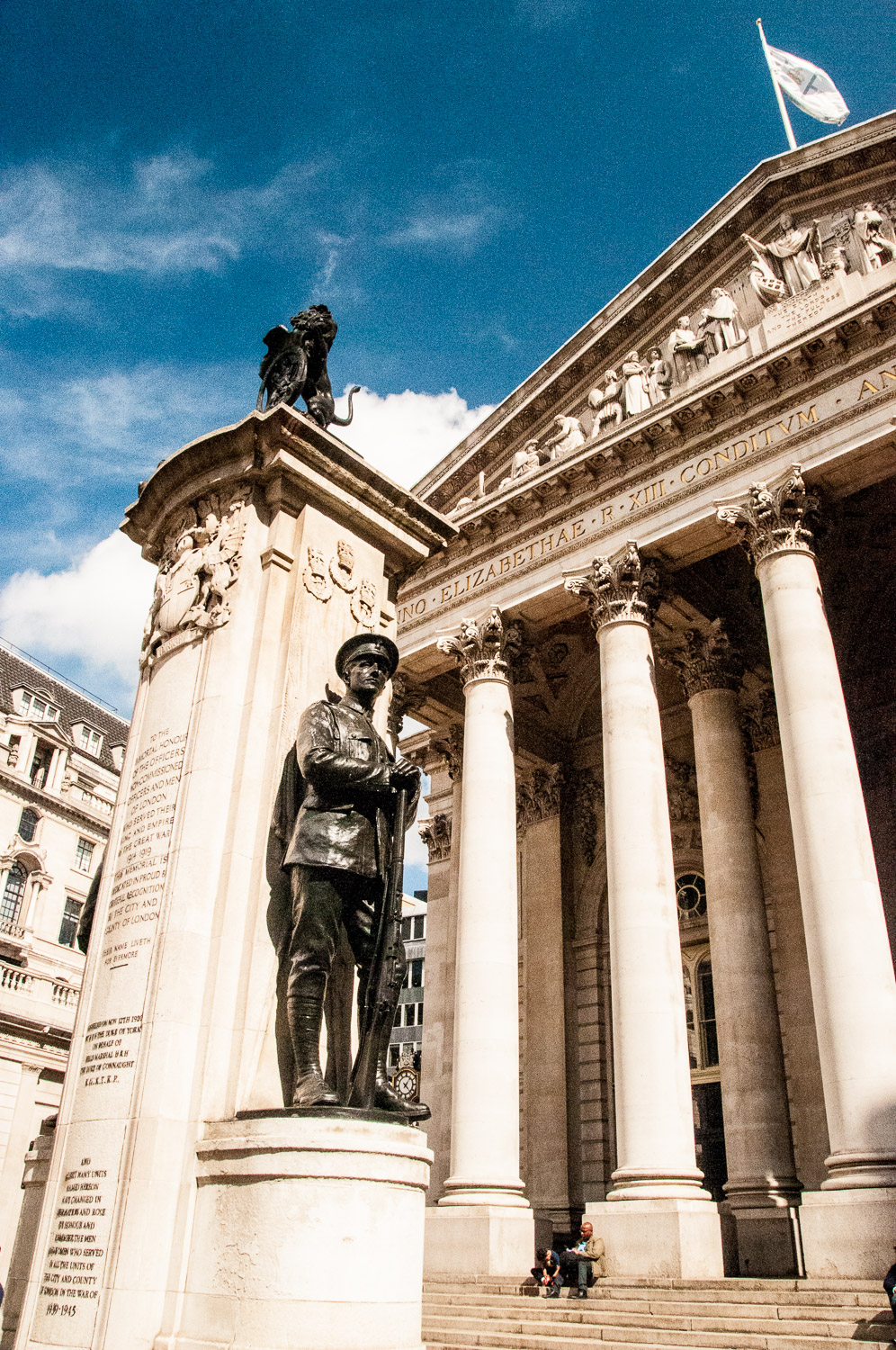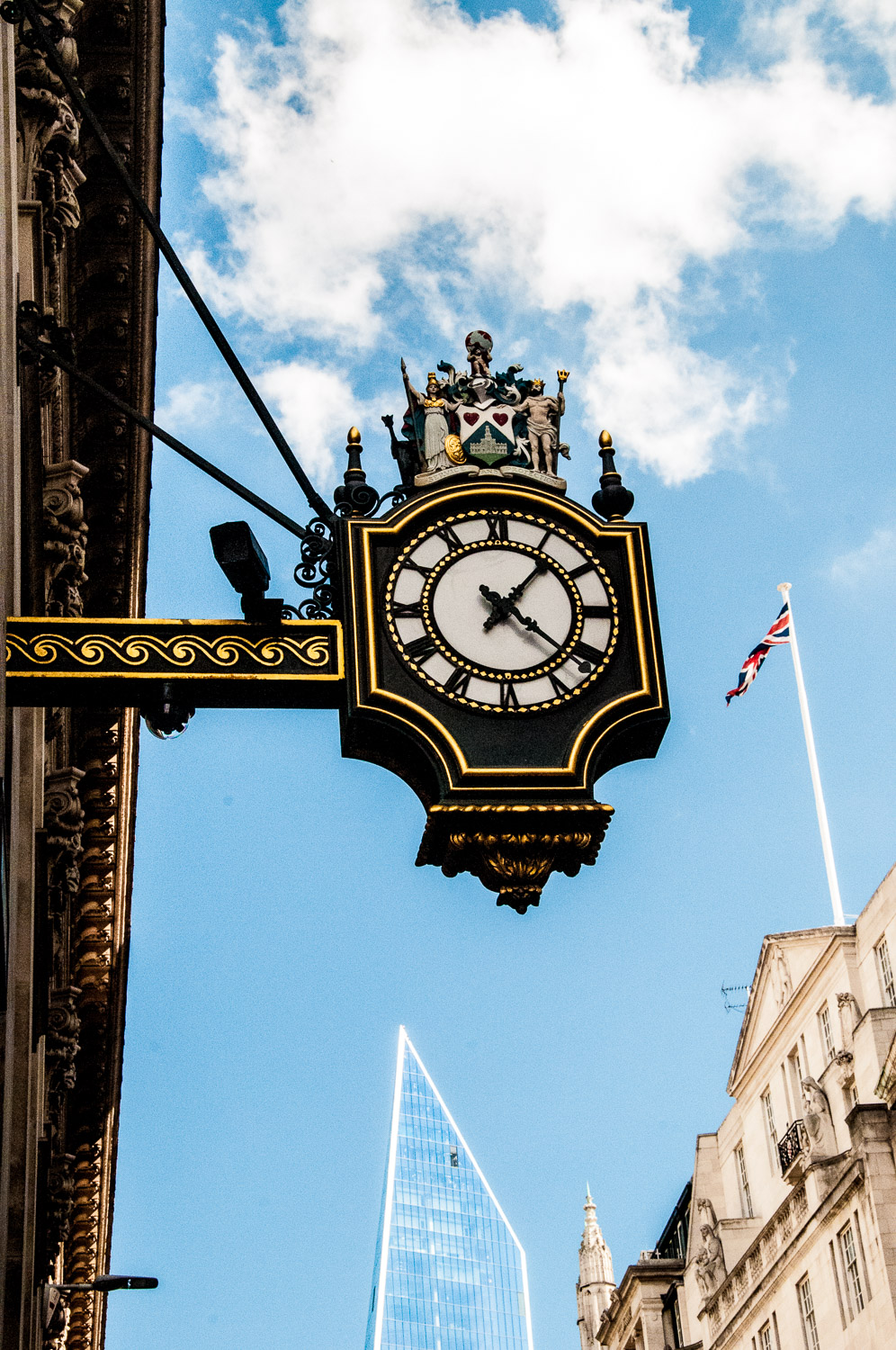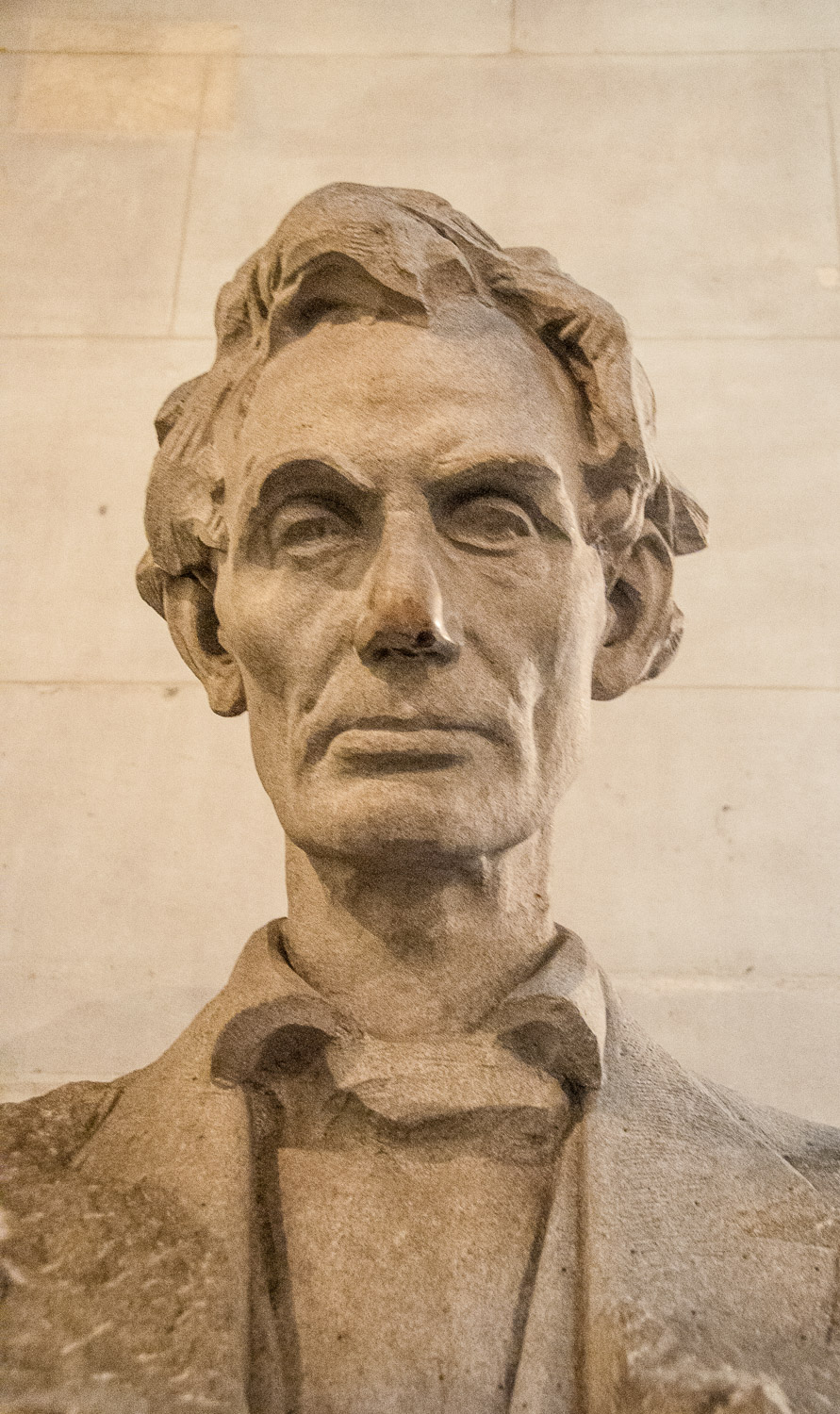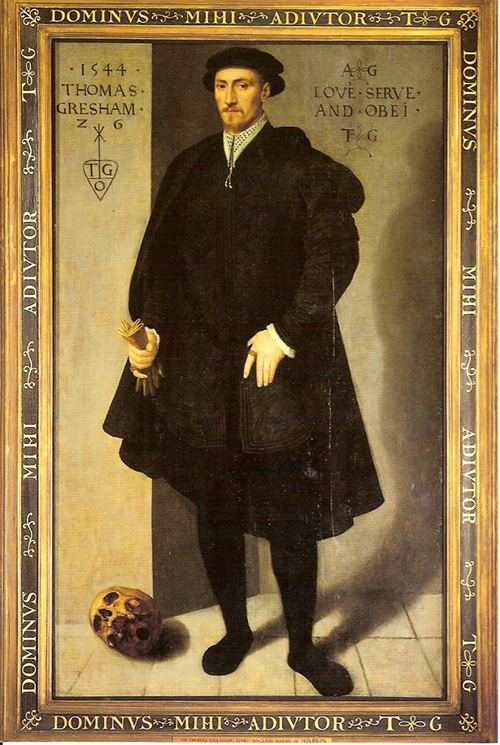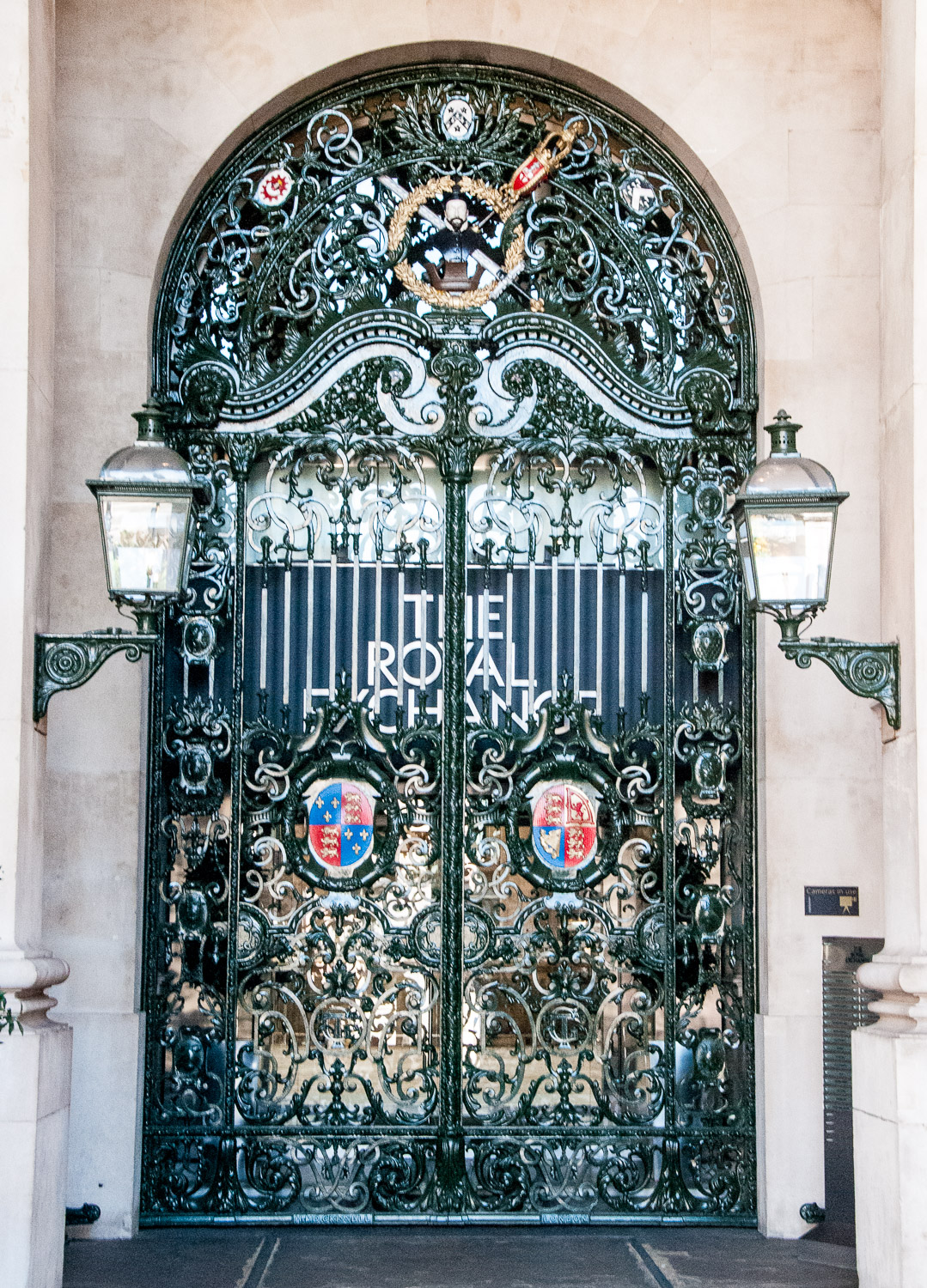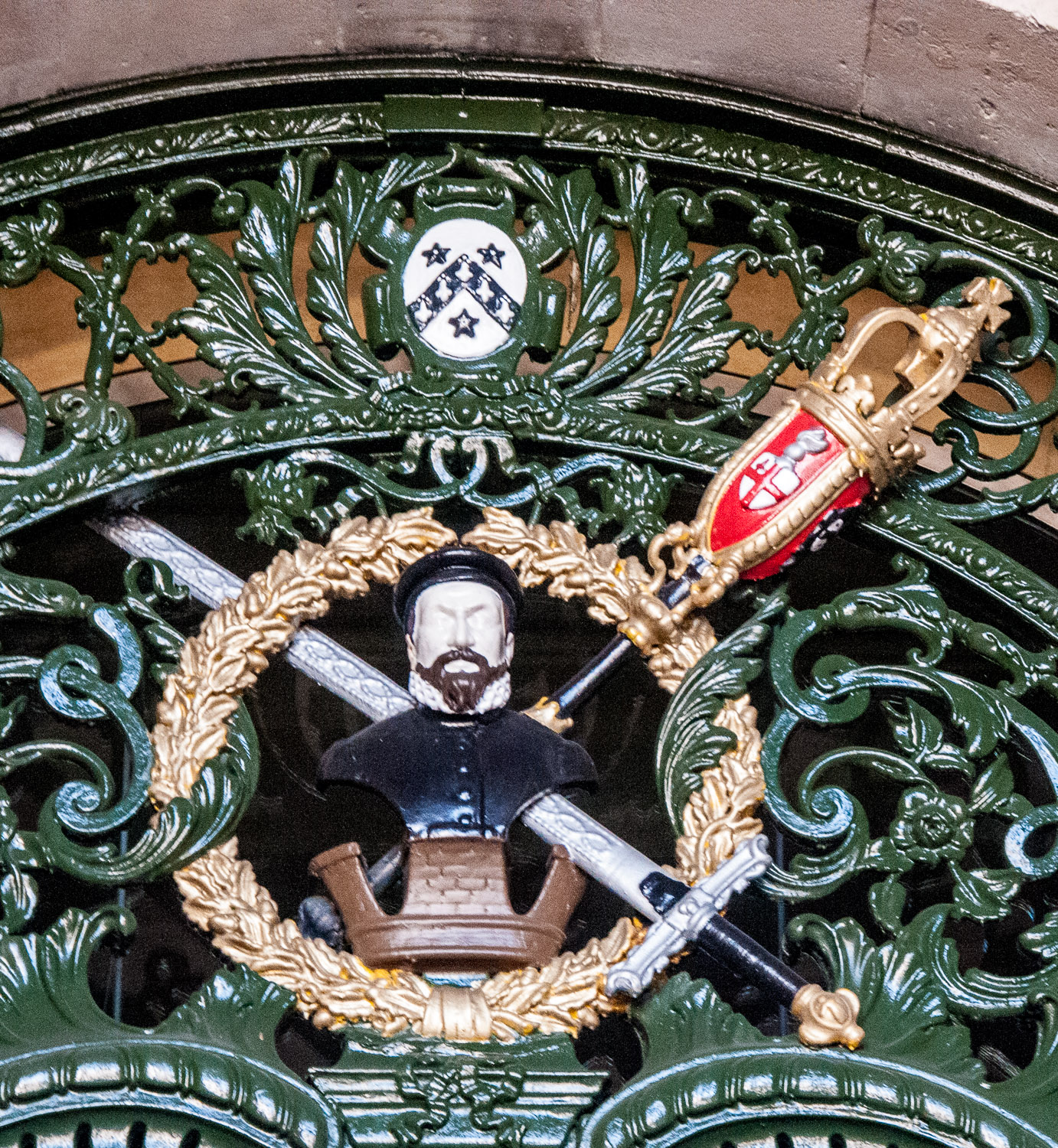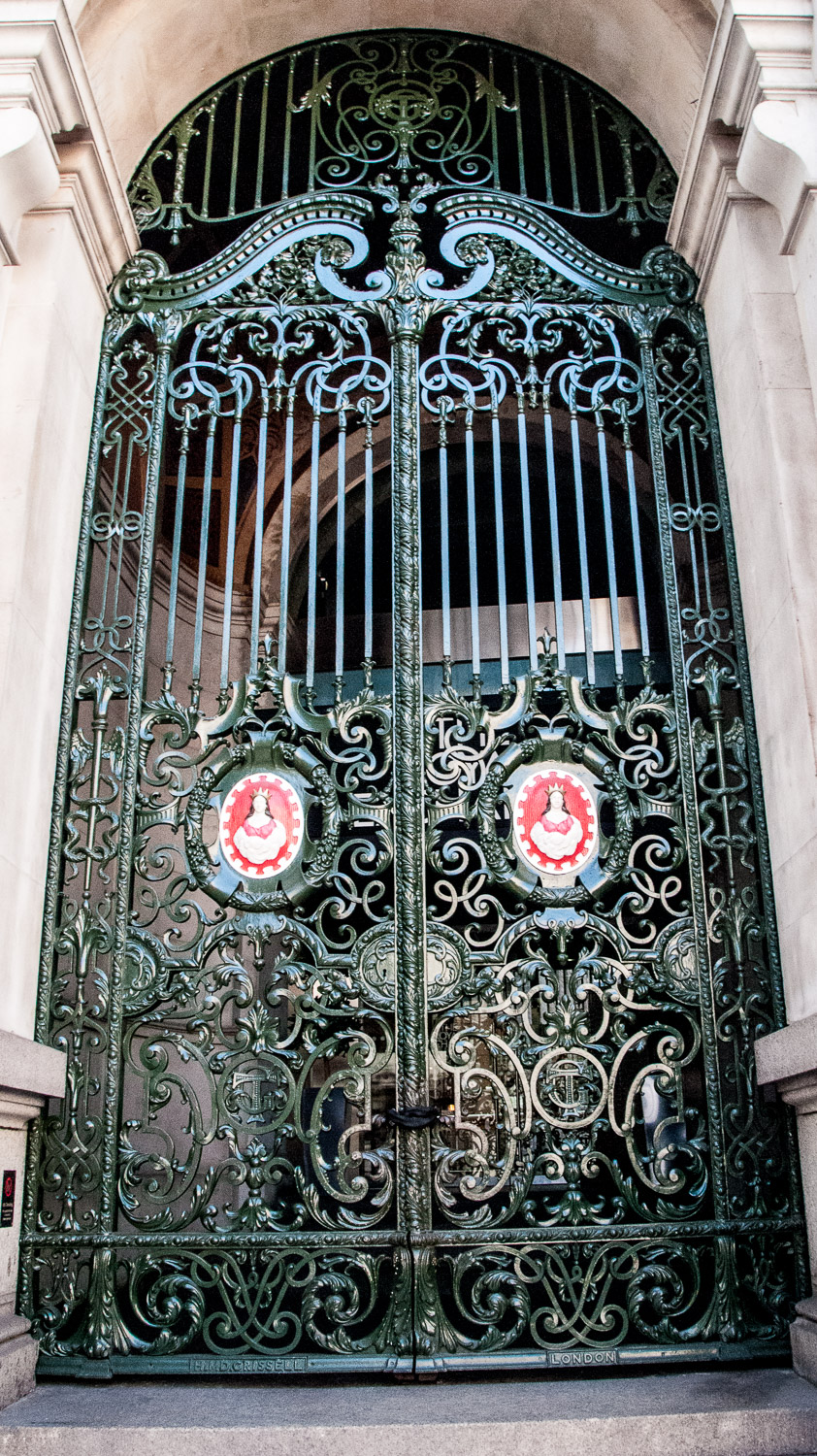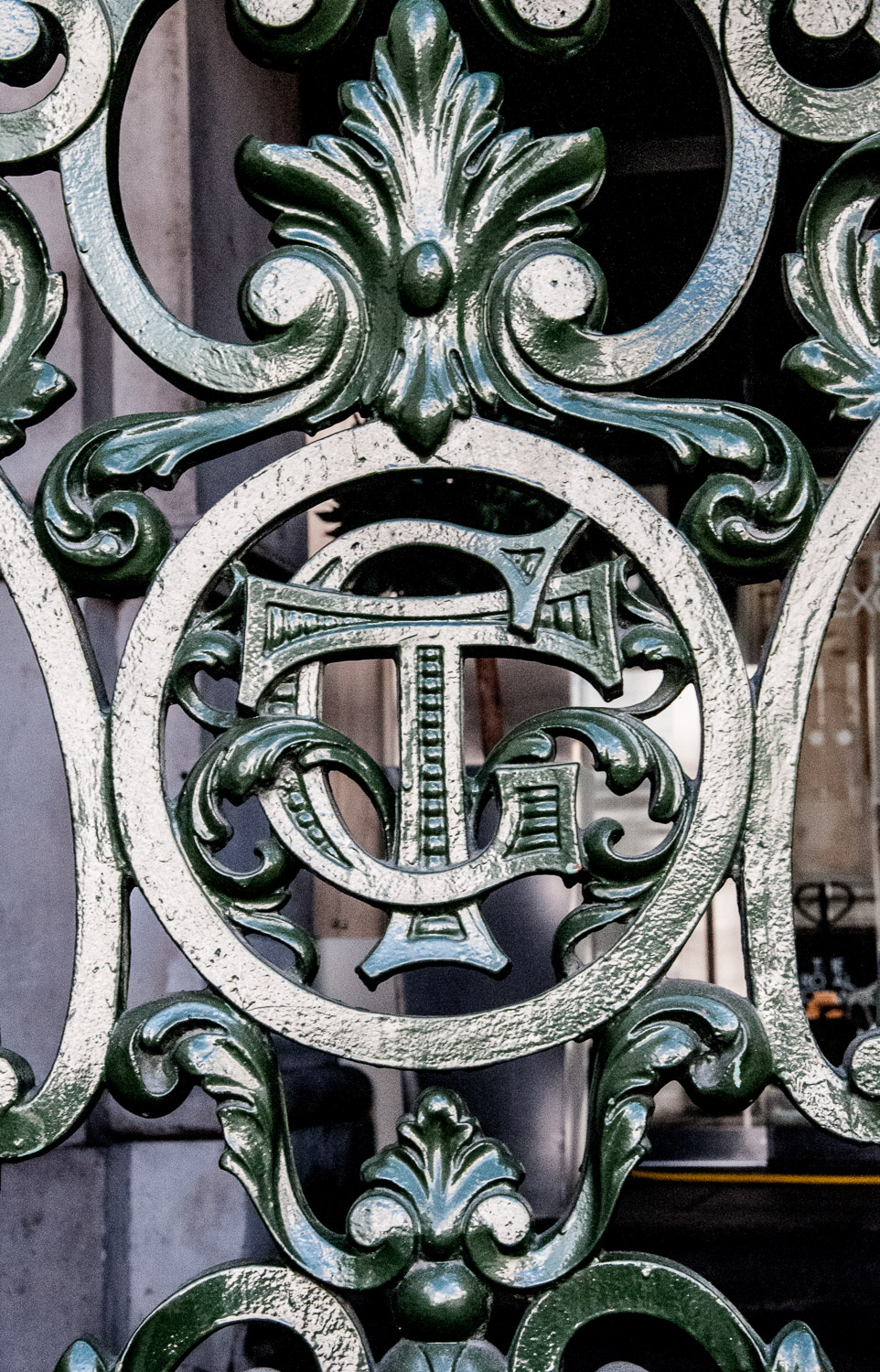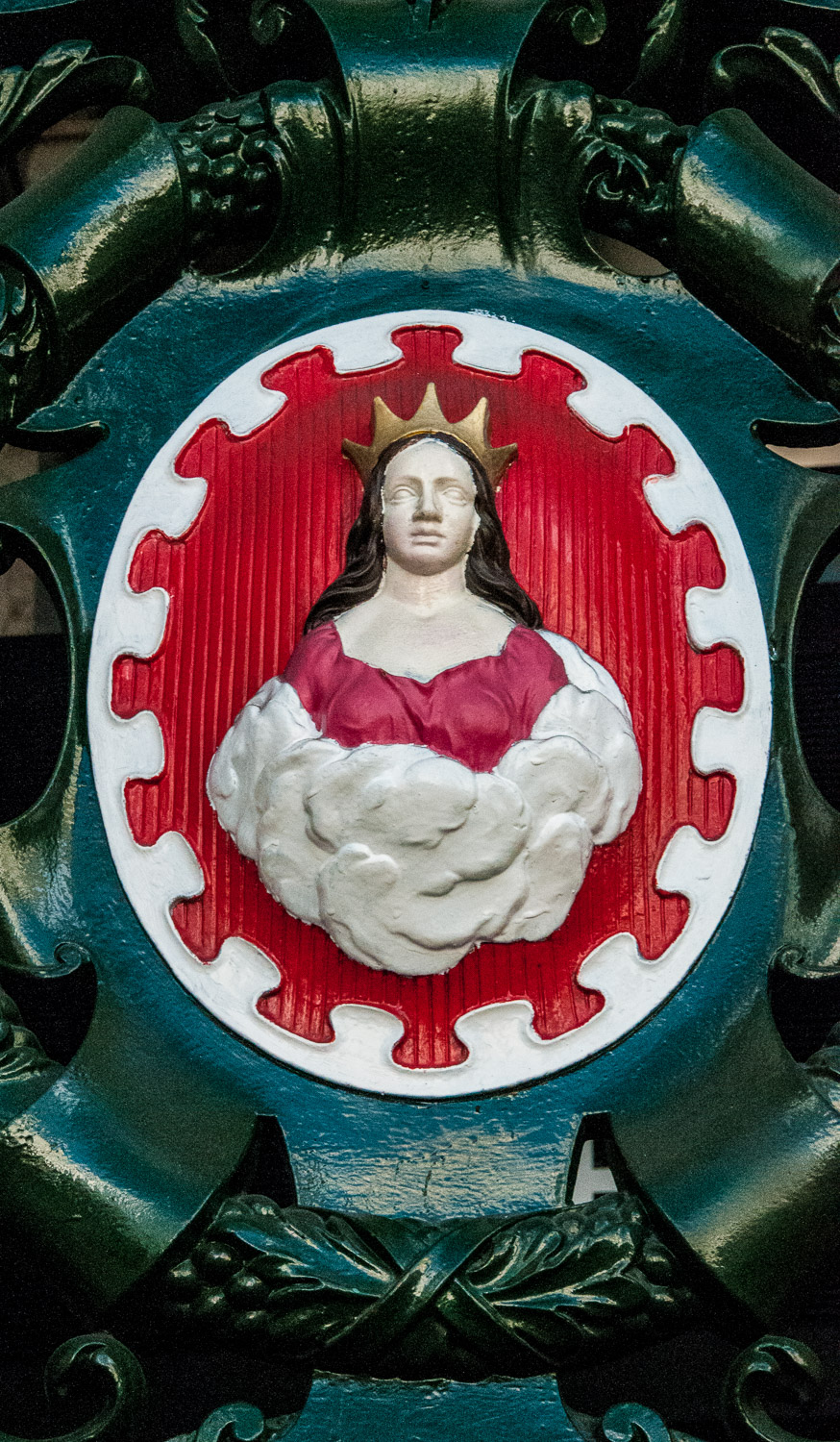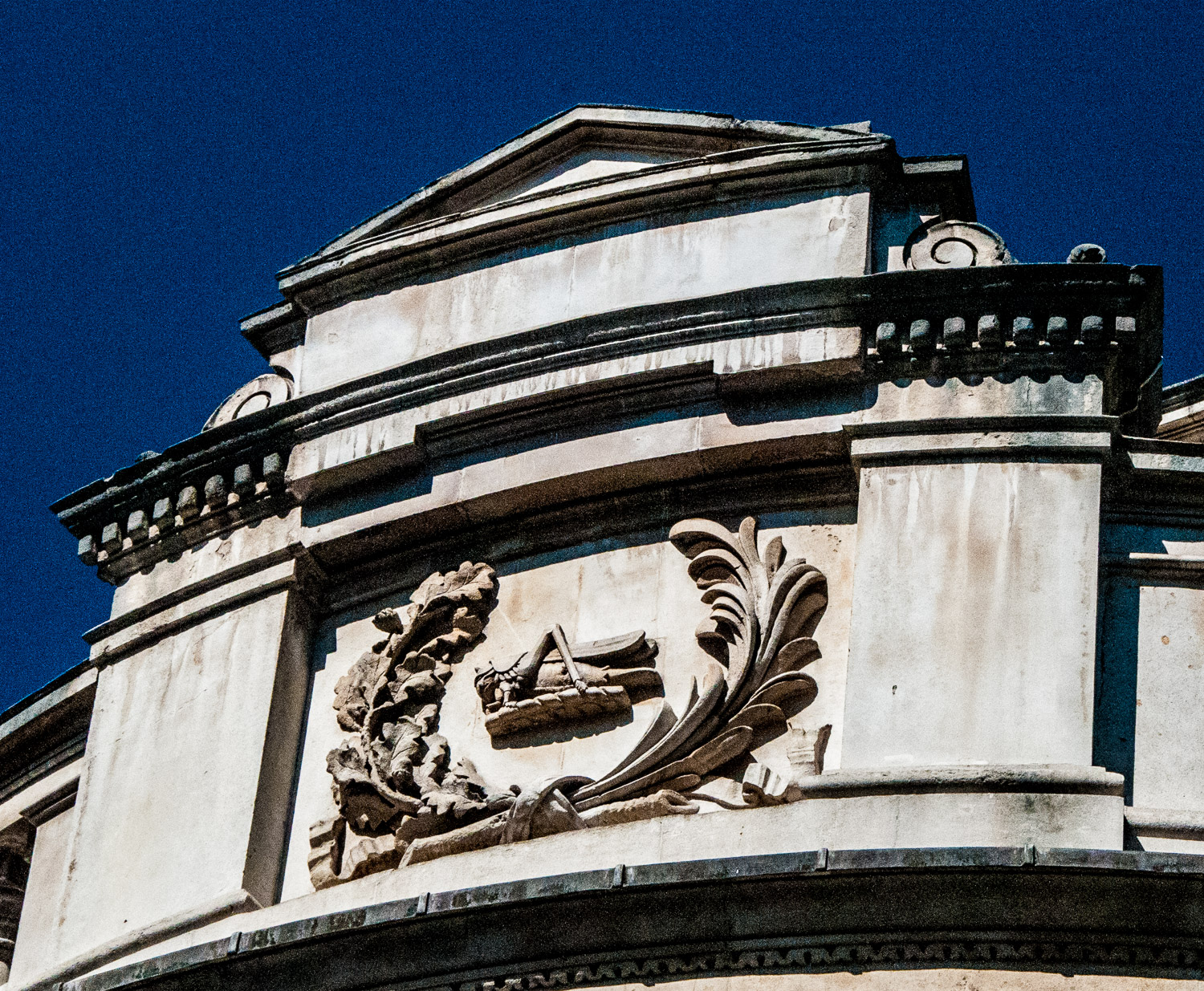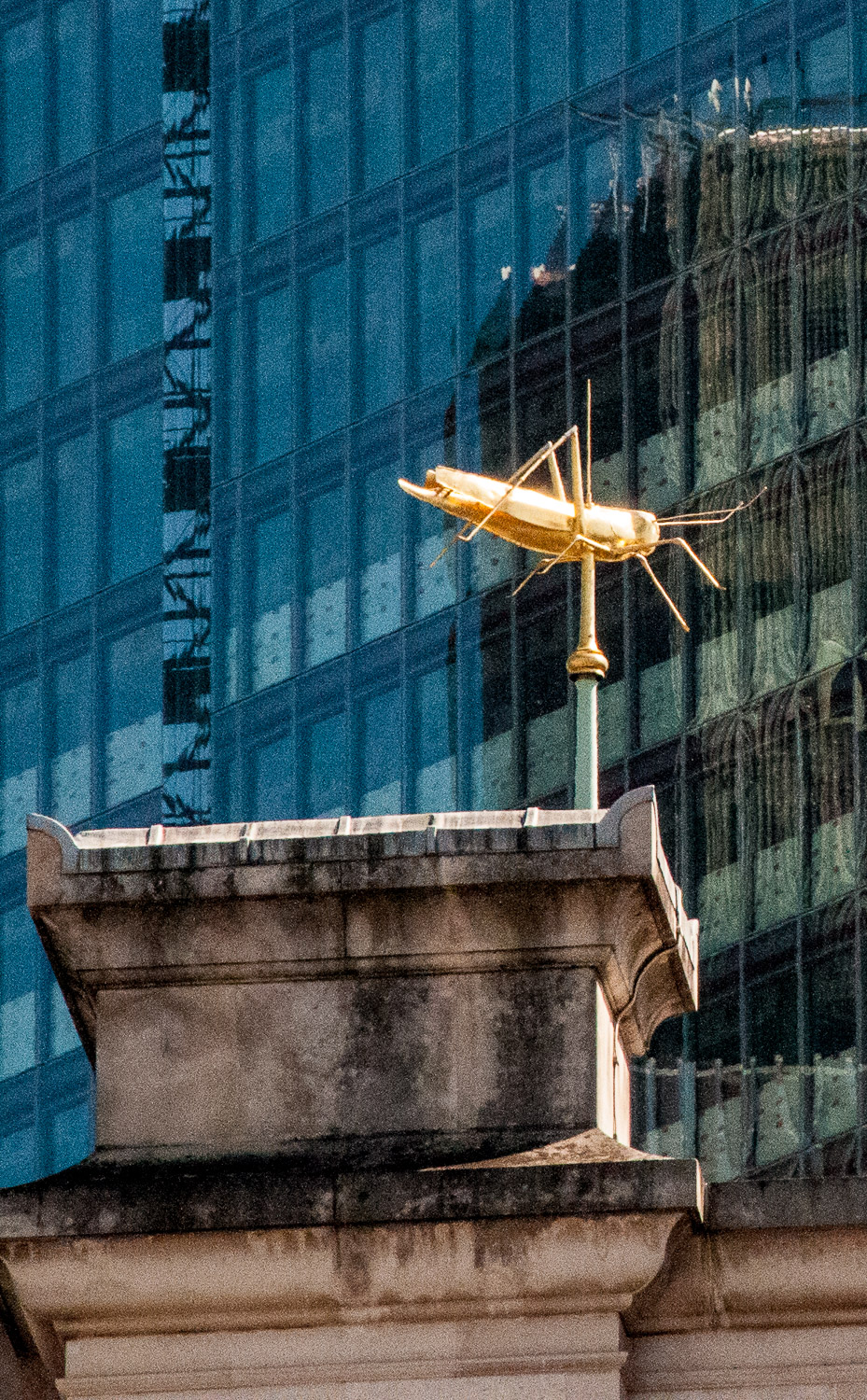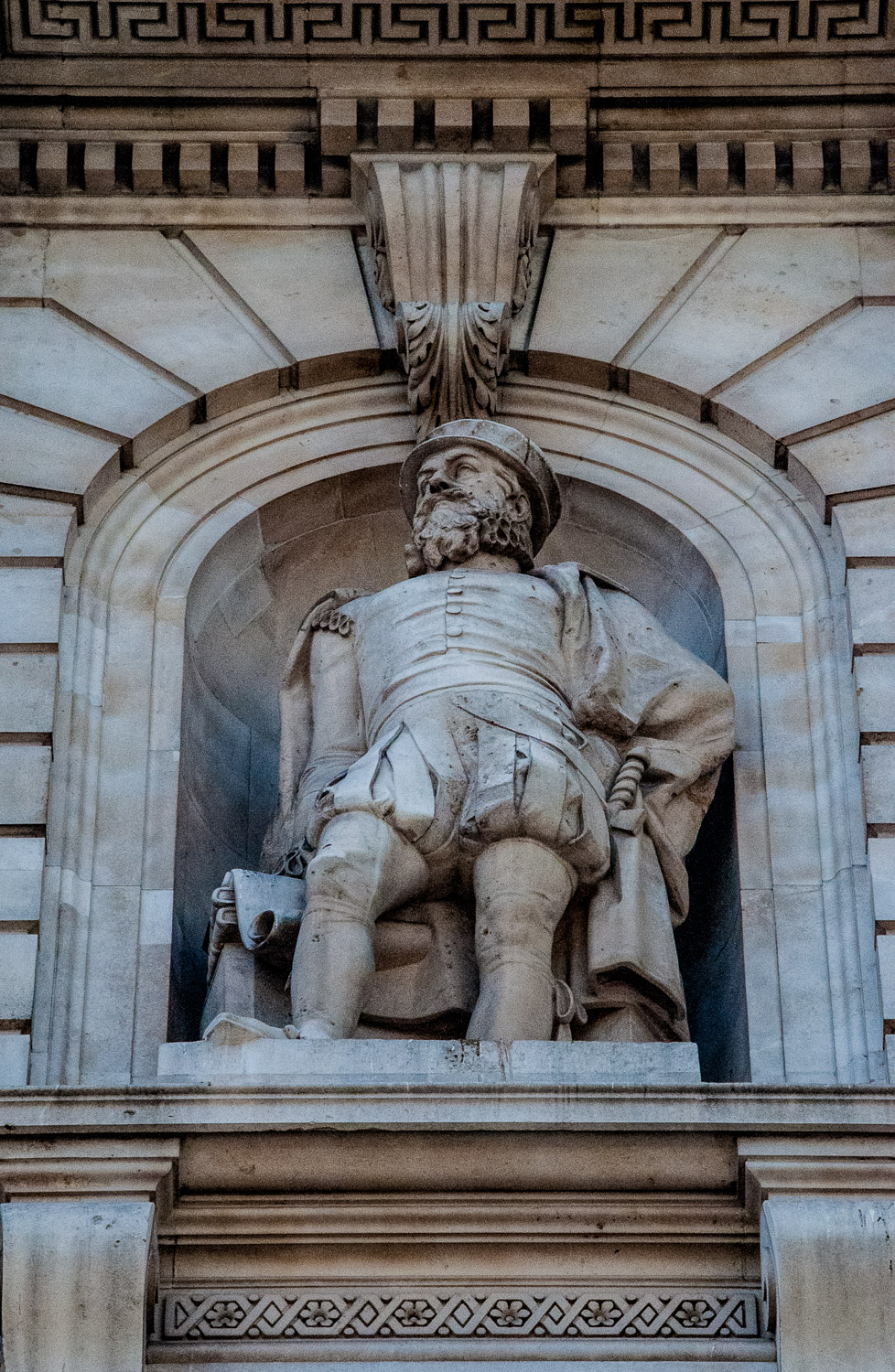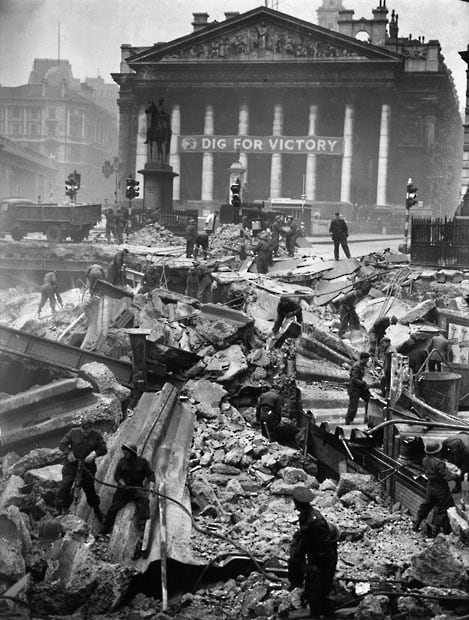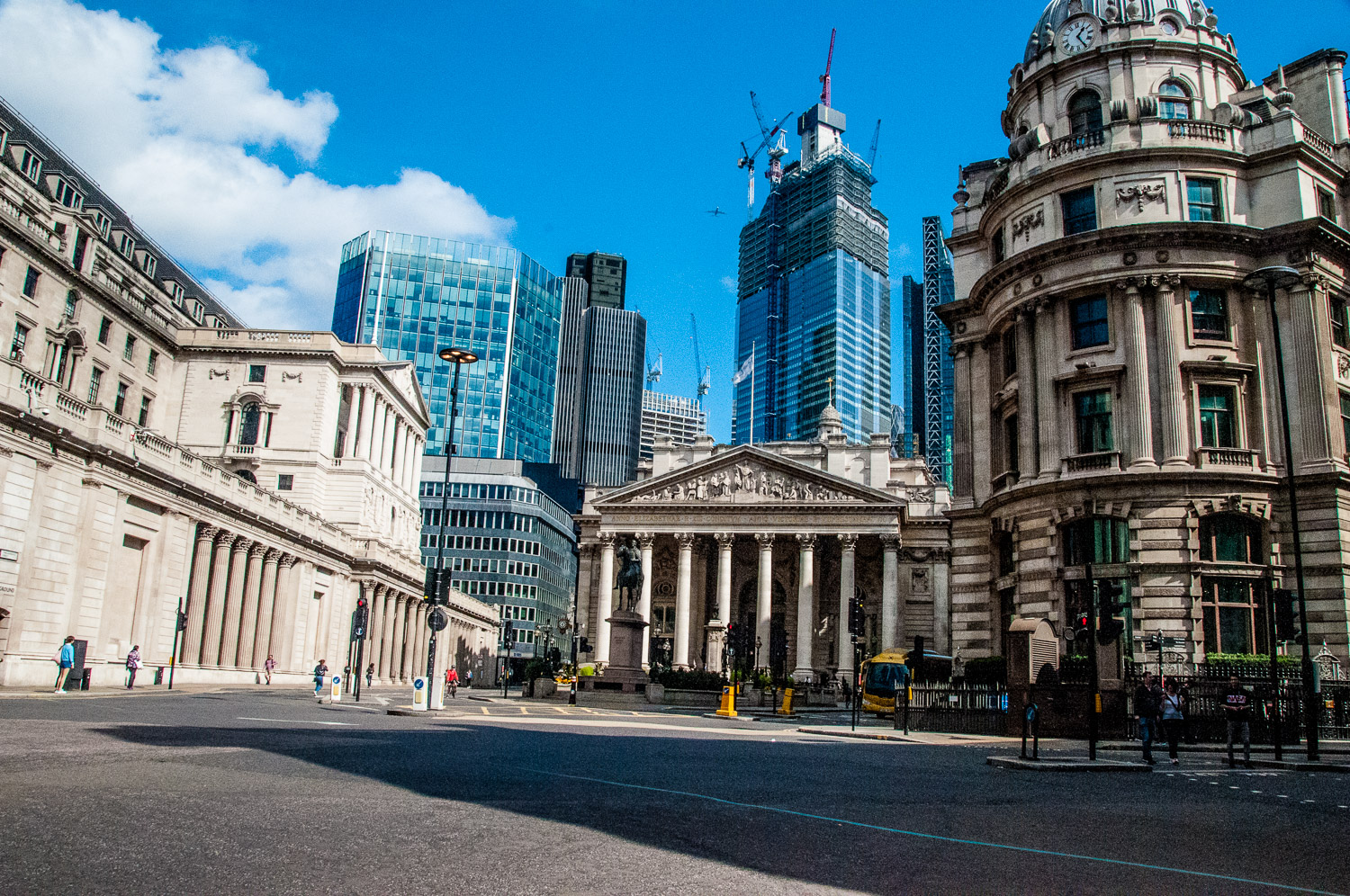The aftermath of the First World War saw tens of thousands of memorials erected across the country. This reflected not only the huge impact on individual communities but also the official policy of not repatriating the dead: the memorials provided the main focus of the grief felt at the loss of three quarters of a million British lives.
As we approach the centenary of the end of the First World War, I thought it would be appropriate to take a look at some of the many City memorials that commemorate those who made the ultimate sacrifice serving King and Country. I am particularly fascinated by the different approaches taken by sculptors and the allegories they chose to use.
Firstly, I revisited St Michael Cornhill and this sculpture by Richard Reginald Goulden. The memorial commemorates 2,130 men from three parishes who served in the War of whom about 170 died ‘for the freedom of the world’ …
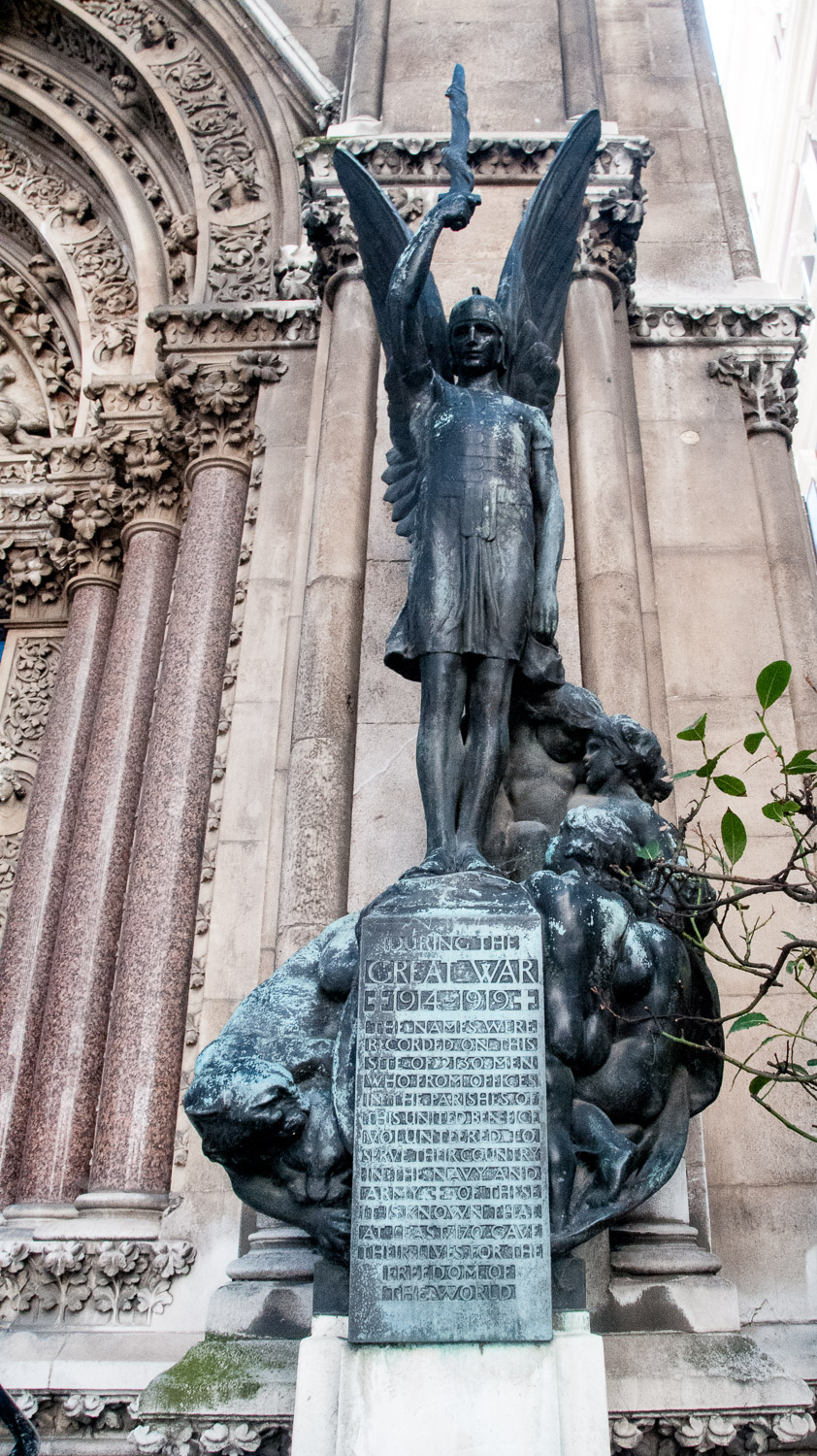
Allegorical figures surround the base as St Michael with his flaming sword stands steadfastly above …
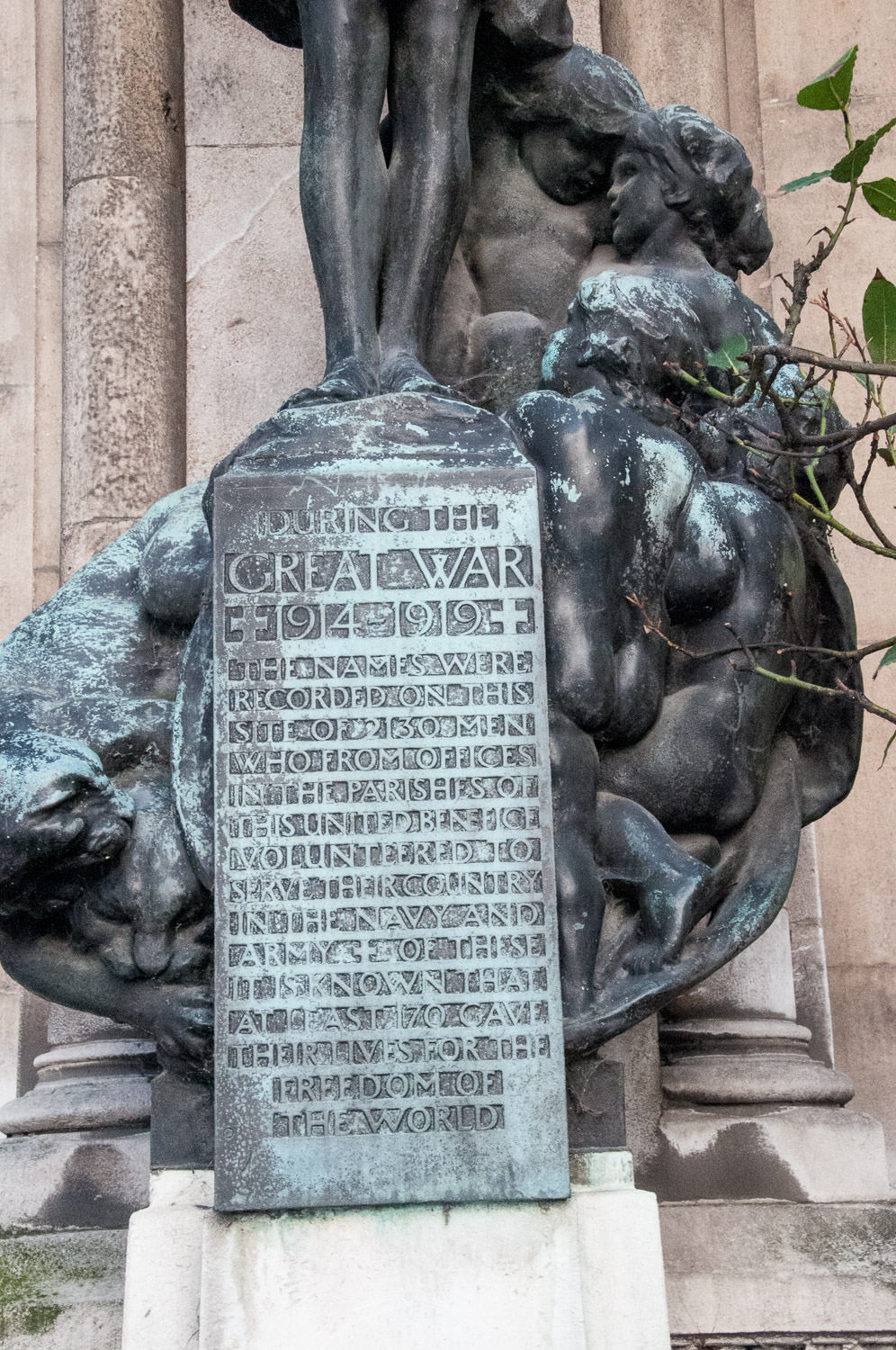
On the left, the quarreling beasts typify war, but are ‘sliding slowly but surely from their previously paramount position. Life, in the shape of young children, rises with increasing confidence under the protection of the champion of right’.
And now to Holborn and this work by Albert Toft. Unveiled by the Lord Mayor in 1922, the inscriptions read …
To the glorious memory of the 22,000 Royal Fusiliers who fell in the Great War 1914-1919 (and added later) To the Royal Fusiliers who fell in the World war 1939-1945 and those fusiliers killed in subsequent campaigns.
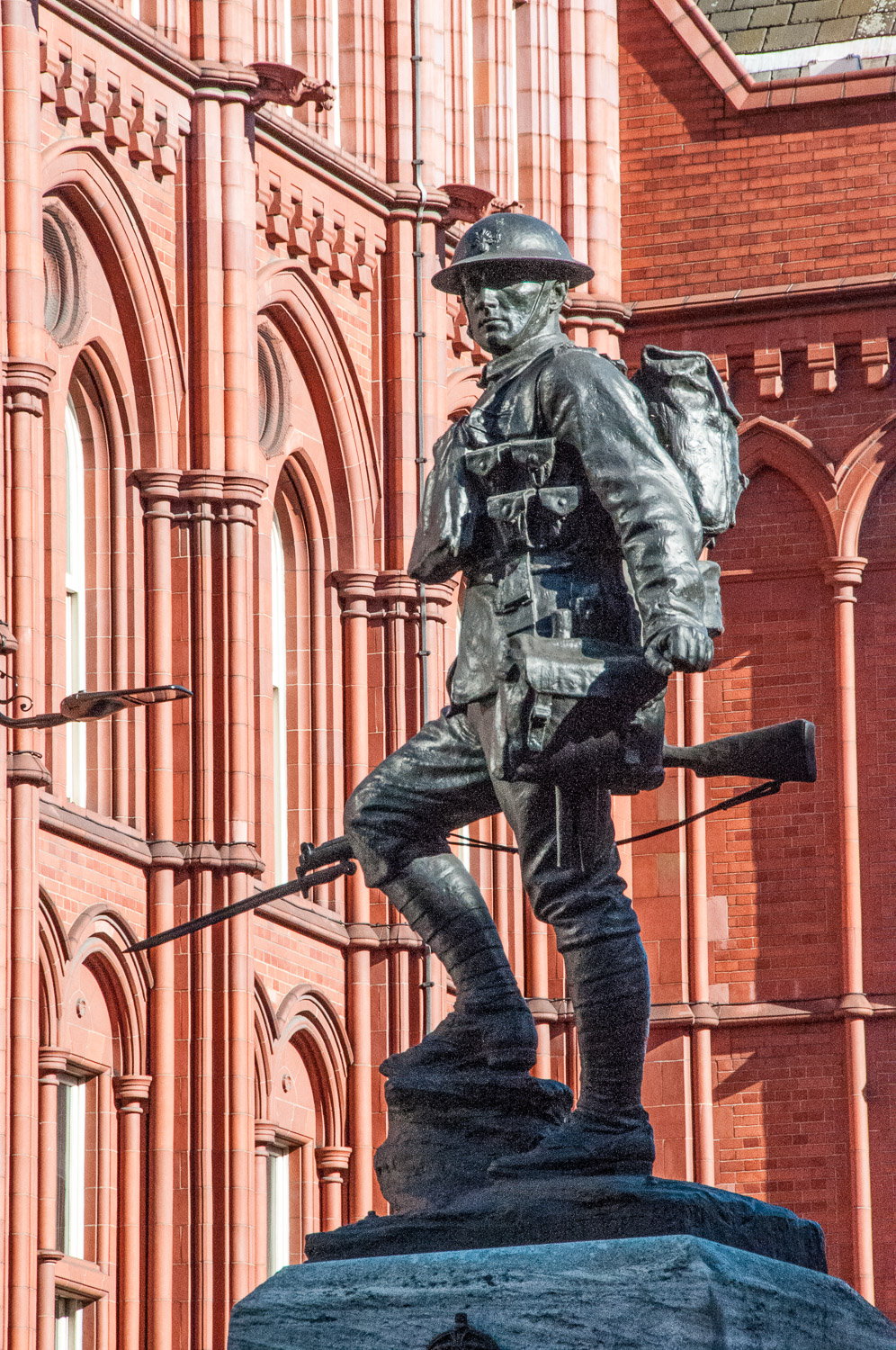
Toft’s soldier stands confidently as he surveys the terrain, his foot resting on a rock, his rifle bayoneted, his left hand clenched in determination. At the boundary of the City, he looks defiantly towards Westminster. The general consensus on the internet is that the model for the sculpture was a Sergeant Cox, who served throughout the First World War.
Behind him is the magnificent, red terracotta, Gothic-style building by J.W. Waterhouse, which once housed the headquarters of the Prudential Insurance Company. Walk through the entrance arch to the courtyard and you will see the work of a sculptor who has chosen to illustrate war in a very different fashion. The memorial carries the names of the 786 Prudential employees who lost their lives …
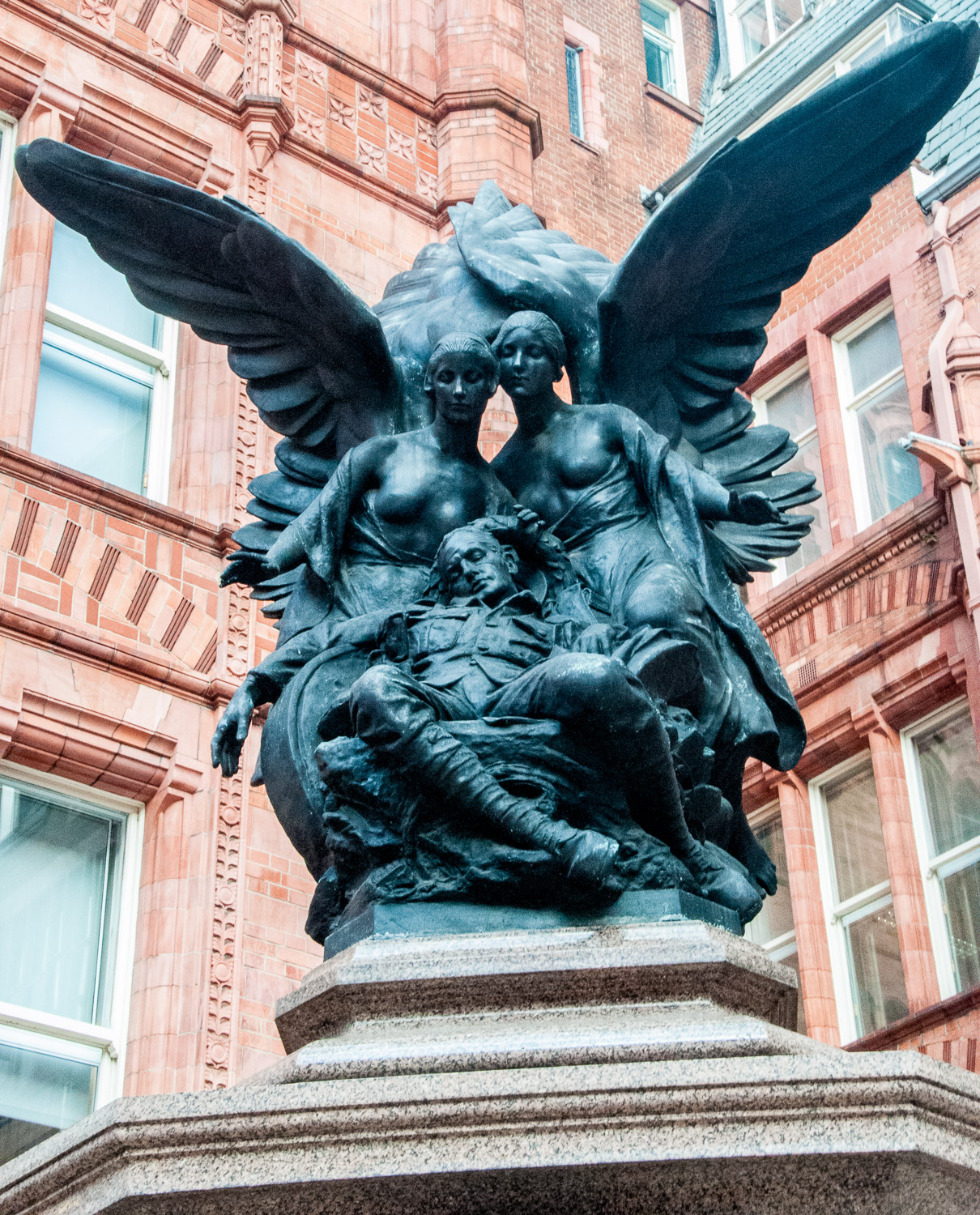
The sculptor was F.V. Blundstone and the work was inaugurated on 2 March 1922. All Prudential employees had been offered ‘the opportunity of taking a personal share in the tribute by subscribing to the cost of the memorial’ (suggested donations were between one and five shillings).
The main group represents a soldier sustained in his death agony by two angels. He is lying amidst war detritus with his right arm resting on the wheel of some wrecked artillery piece. His careworn face contrasts with that of the sombre, beautiful girls with their uplifted wings. I find it incredibly moving.
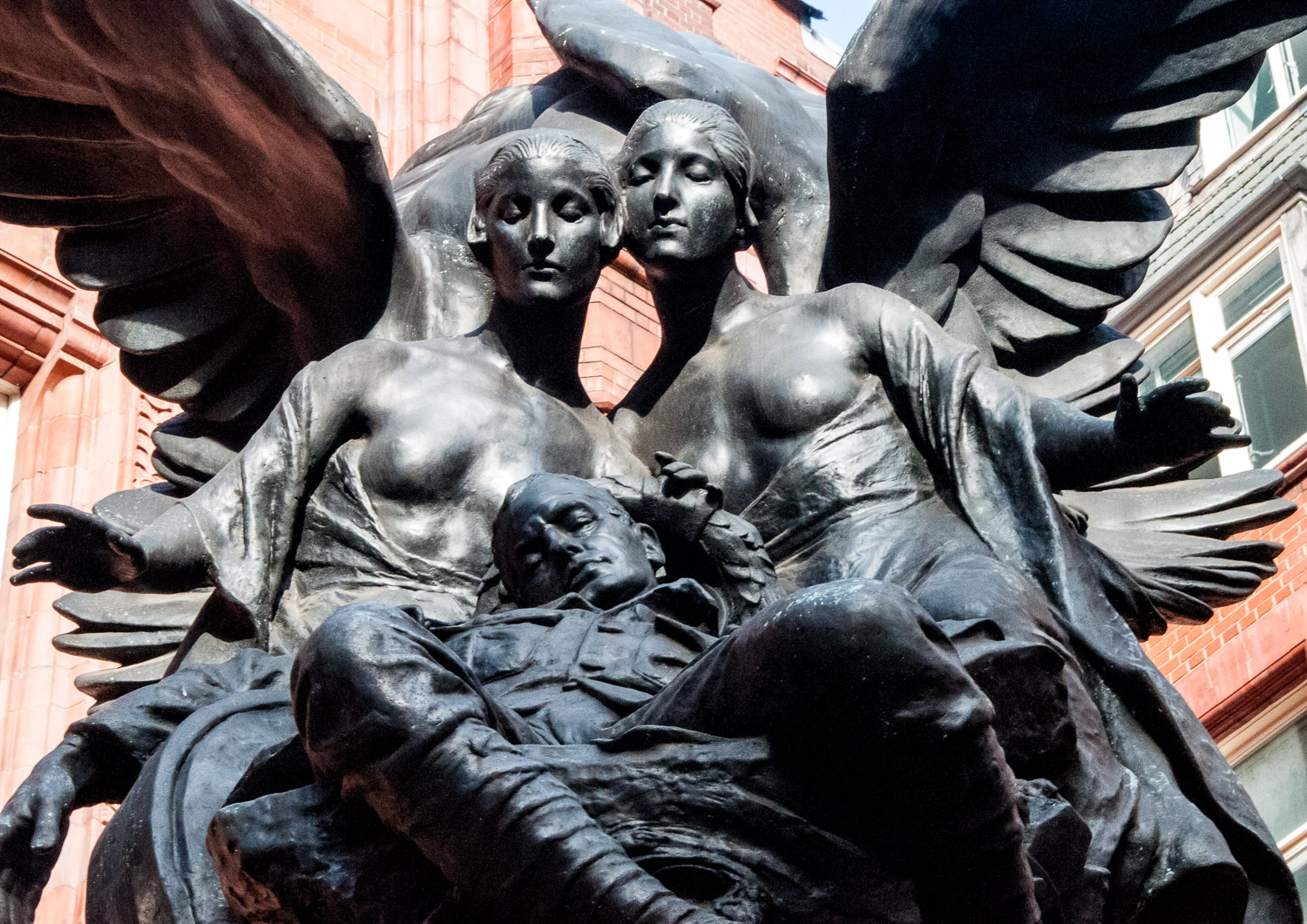
I have written about angels in the City before and they are usually asexual, but these are clearly female.
At the four corners of the pedestal stand four more female figures.
One holds a field gun and represents the army …
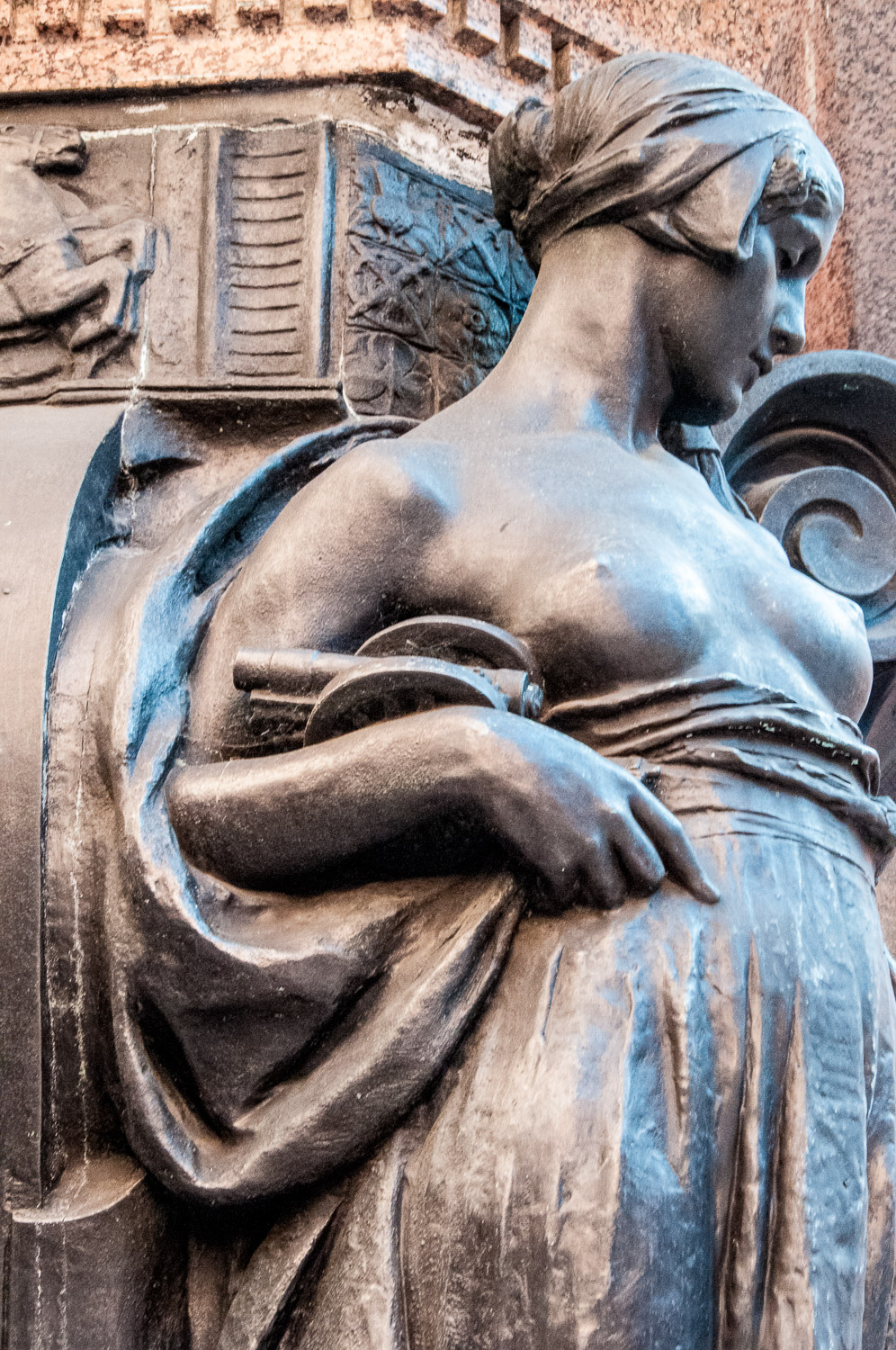
One holds a boat representing the navy …
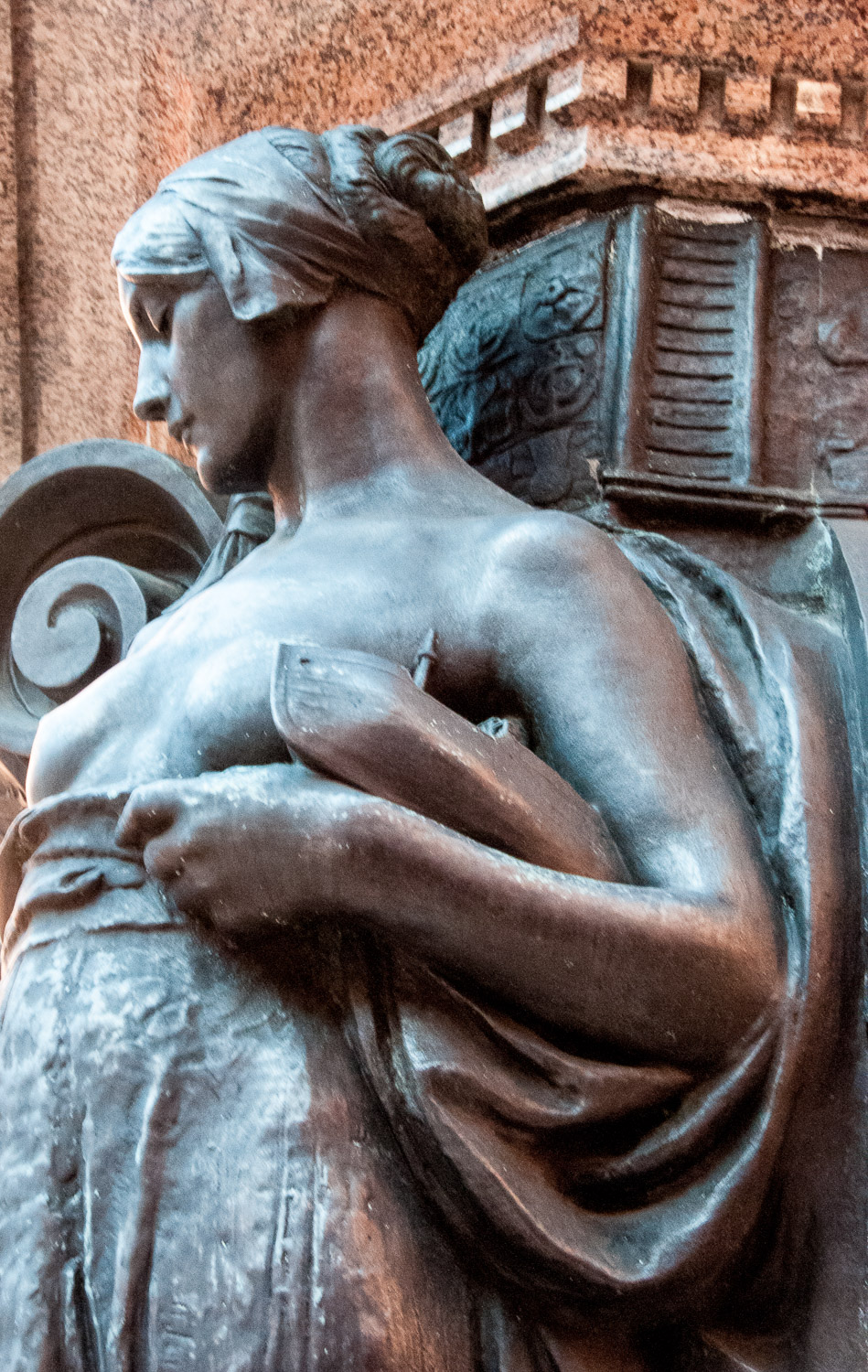
At the back is a figure holding a shell representing National Service …
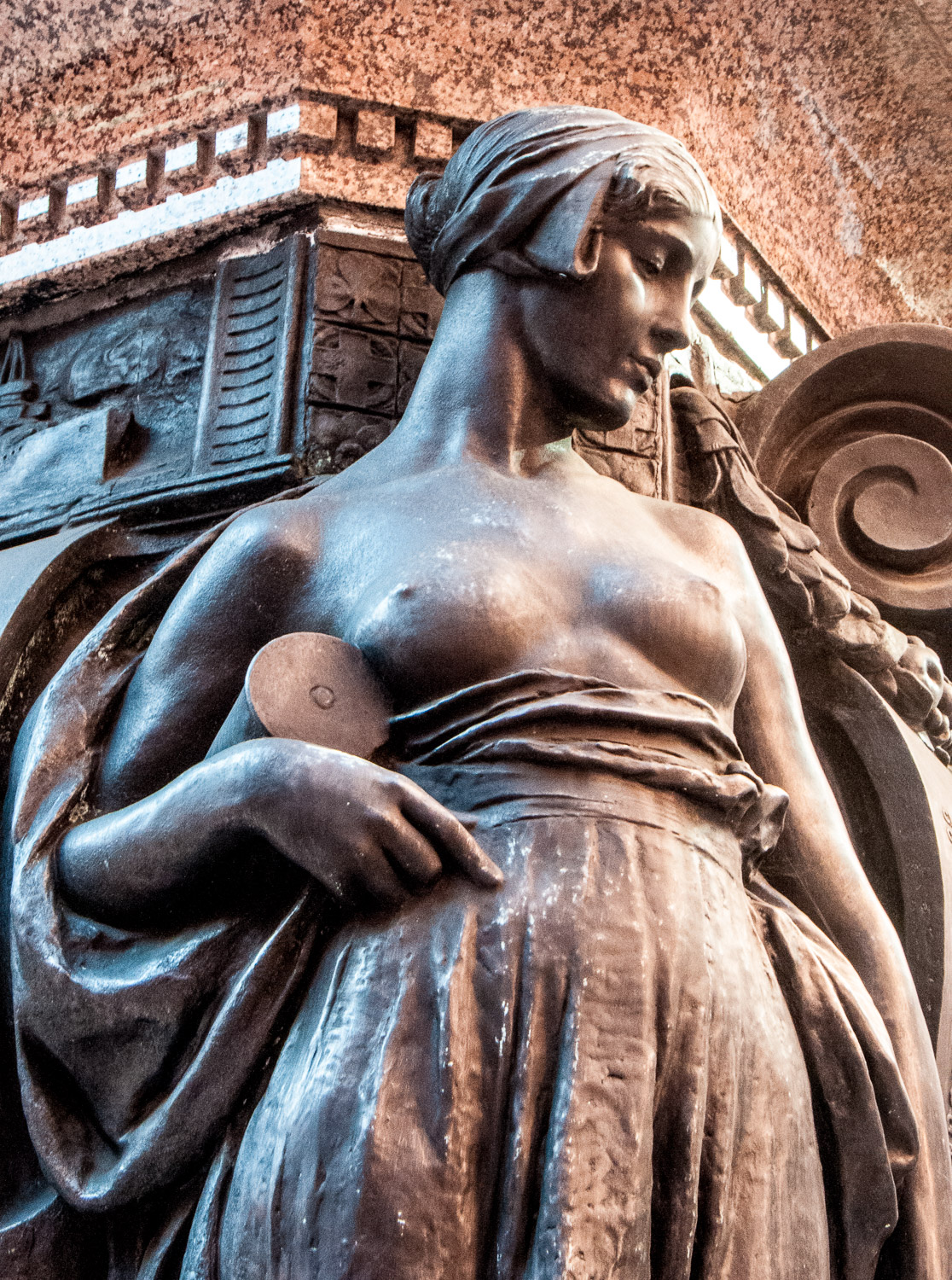
The fourth lady holds a bi-plane representing the air force …
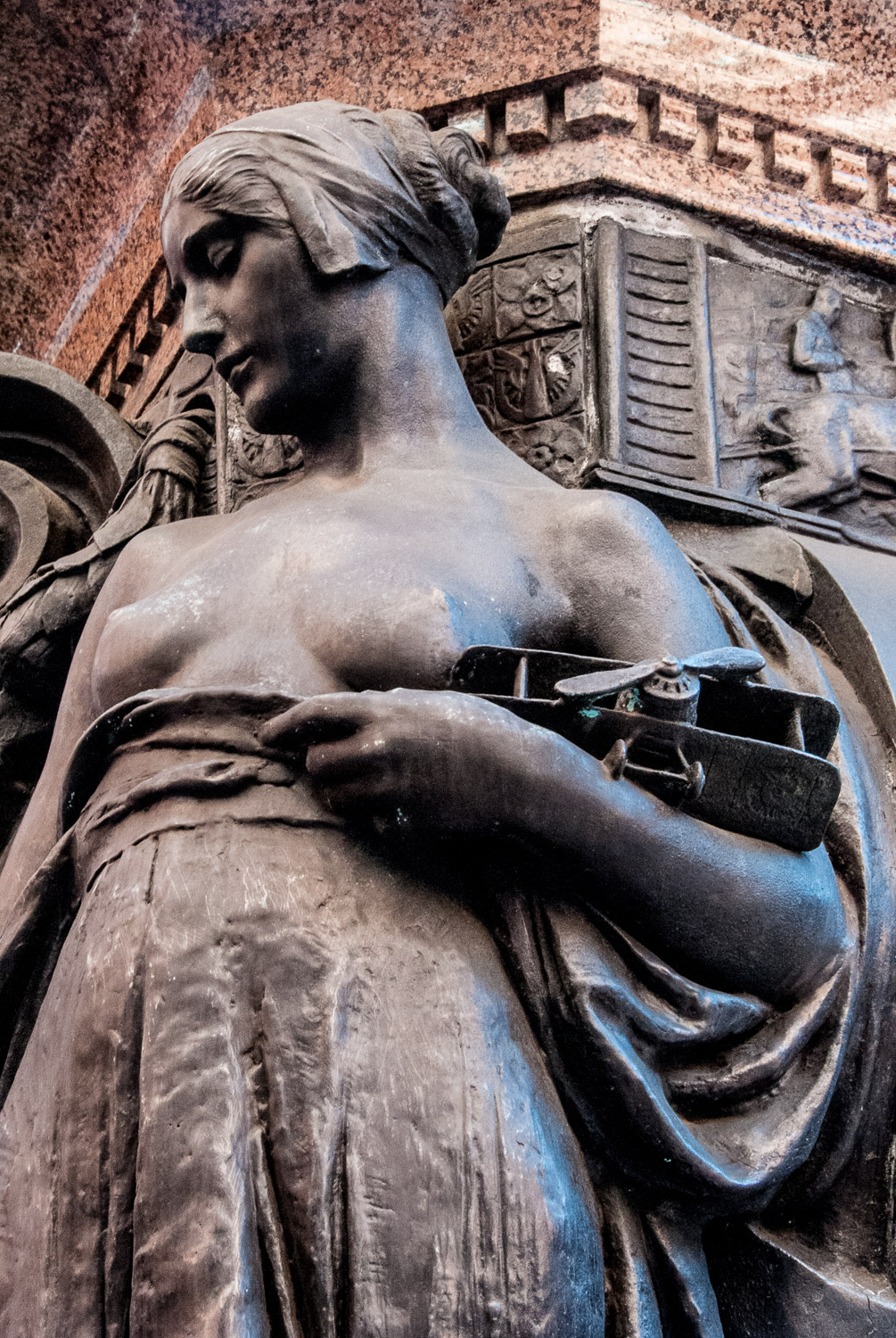
The work is tucked away in the building’s courtyard, Waterhouse Square (EC1N 2SW), and I am sure that most of the thousands of people who walk along Holborn every day have no idea it is there.
And finally, I looked again at the War Memorial to London Troops outside the Royal Exchange …
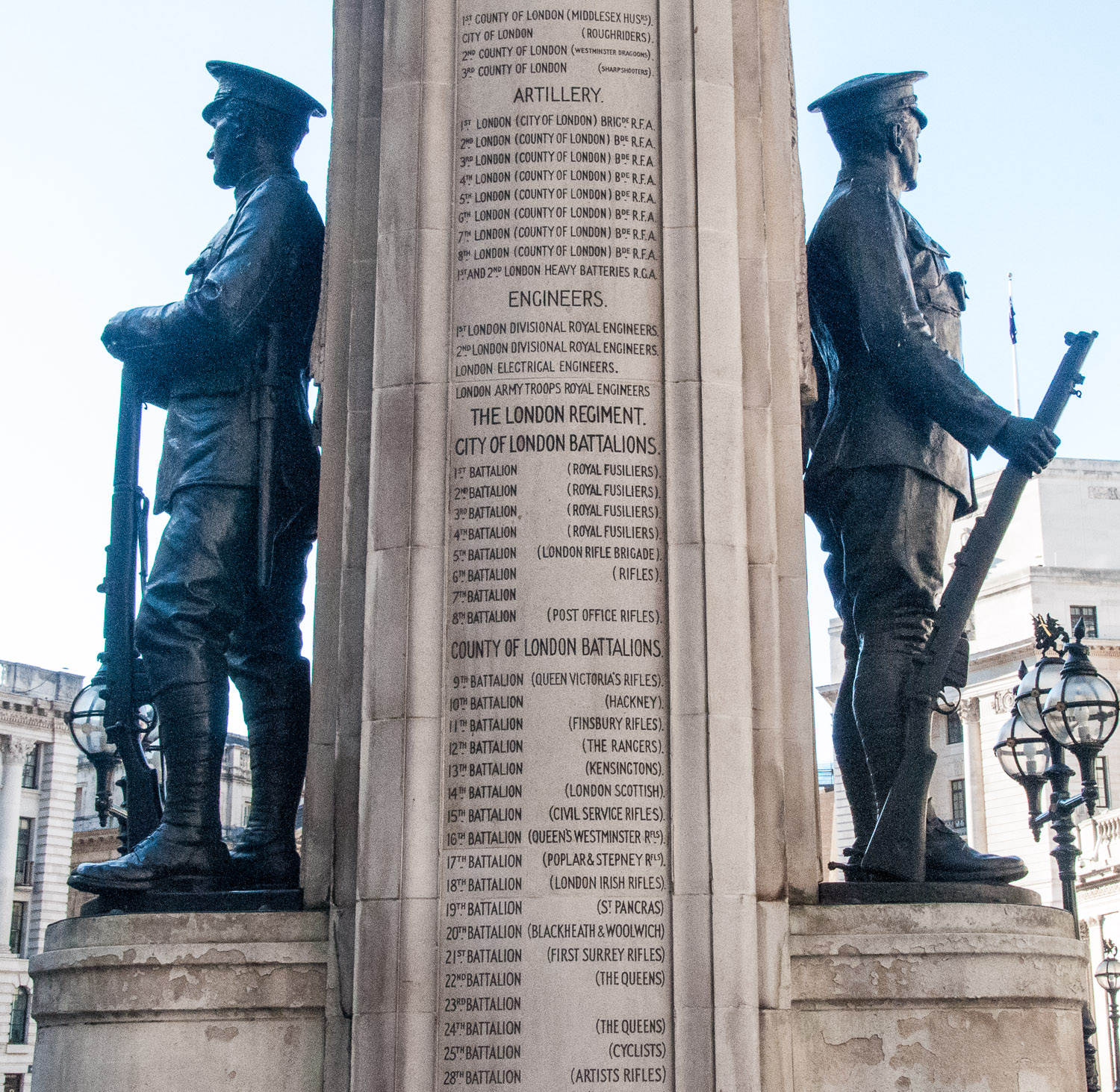
At the bottom of the list of battalions, two in particular caught my eye …
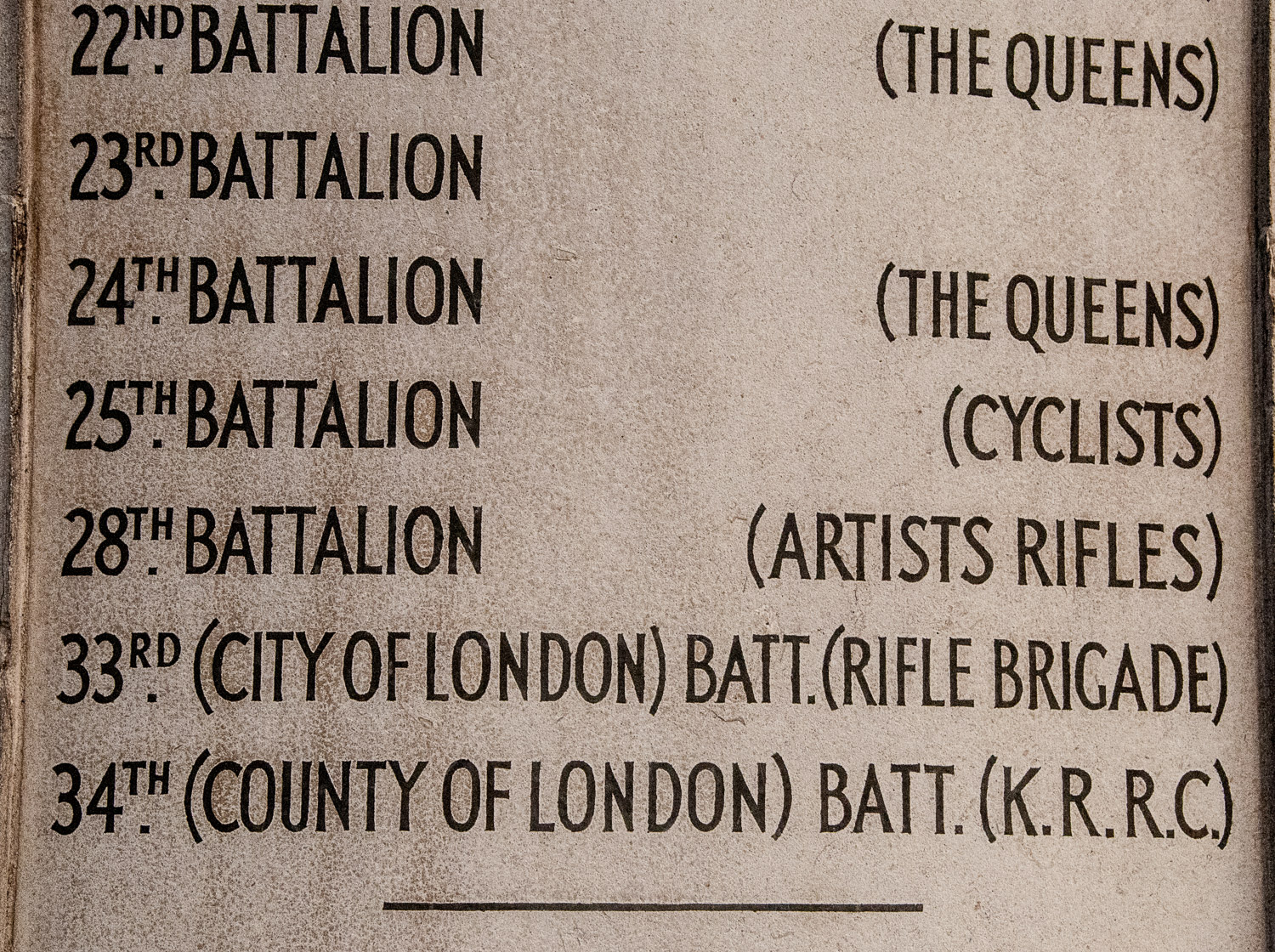
I am going to do further research on the Artists Rifles and the London Cyclists and hopefully include the results in a later blog.
As luck would have it, I visited the Imperial War Museum last week and came across a postcard of this splendid recruitment poster from 1912. It is poignant to look at this picture with its pretty village setting and then think of the industrial age war and slaughter that was soon to follow …
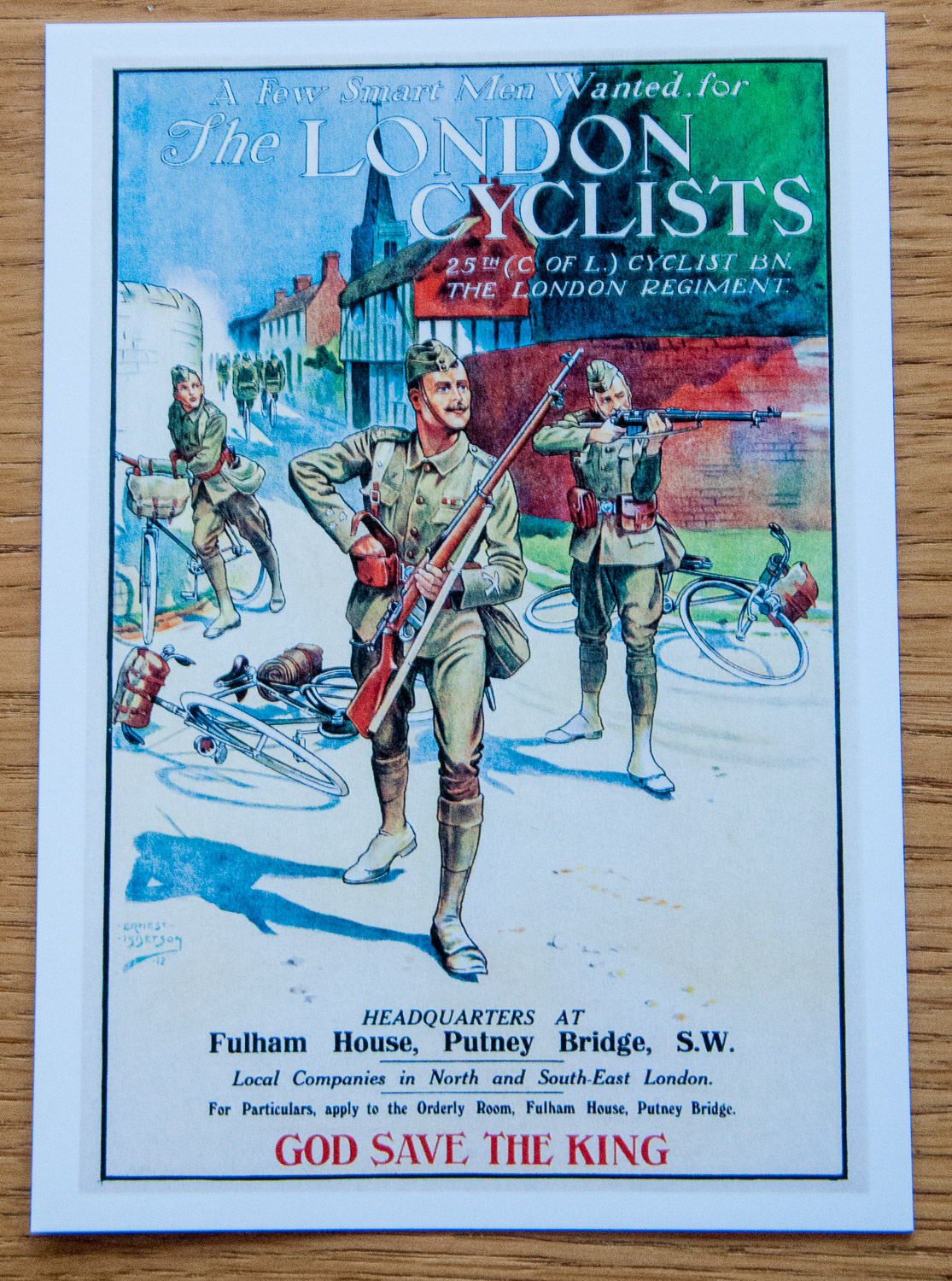
I will continue writing about war memorials for the next few weeks.


